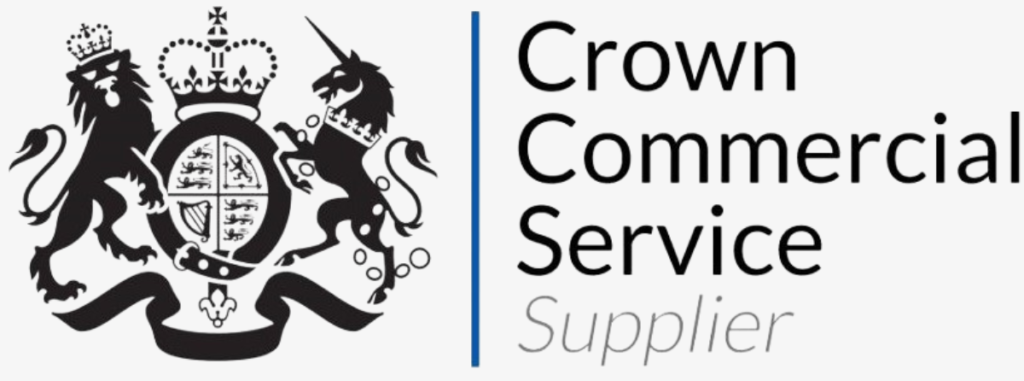
HaloITSM Guides
Documentation to assist with the setup and configuration of the HaloITSM platform
Getting the Most From Your Dashboard
Below is our example dashboard. This is a great tool for displaying the information your agents need to operate efficiently, giving an overview service desk processes this week/month/year in any given department.
We will set you up with a dashboard with the metrics that will assist you in the day-to-day operation of your business. We will manage the set-up and maintenance of this dashboard with any extra metrics or widgets being added on request to us.
Metrics Explained
A metric is a measurement of something, in the real world this could be distance between towns or number of bedrooms in a house or dwelling; in a service desk these would be measurements or statistics from your database.
What Can I Use My Dashboard For?
Broadly speaking, any report you can see in your reporting suite can be made into a widget on your dashboard. To pick which one you want to see, think about a report that you or your team look at daily or even more frequently. You should also consider any metrics that you believe would keep your agents on track and working harder, for example agent feedback!
Many of our customers display these in their offices on wall-mounted TV's to give agents 24/7 visibility of service desk processes and metrics!
Example Metrics
There are near limitless metrics that could enhance the service you provide. Some commonly used widgets include:
- Tickets closed by each agent this working week.
- Number of working days since an SLA breach.
- Average customer satisfaction in the last 30 days.
- A competition of ticket feedback for teams of agents.
Post Implementation
After you have been on-boarded with us if we haven't already created it and got it up and running, please contact us to set your dashboard up and we will set you up with a member of our team to include the tools that you need to operate successfully. When created we can hand over the maintenance of the dashboard(s) to you and you can modify this to your needs.
If you or a member of your team have experience in SQL then writing the reports for your dashboard will be a simple experience and creating the widgets is a simple drag, drop, click and place system. If you do not have this skill to hand we have extensive knowledge of this language and can whip up a report or 5 to display the data you need.
Accessing your Dashboard
When completed your dashboard will be available in the left hand navigation pane and accessible to any computer with the link, this can of course be password protected should you require the extra privacy.
You can then configure the link and availability of this in the Dashboard Configuration options under Configuration > Reporting > Dashboard, this can be used to restrict the access for this to be visible to a given Department, Team or Agent.
Exporting your data
In any report you have in the web-app you have the option to publish this information. This will give you an API link to the information in JSON format, this is JavaScript Object Notation and is the standard data transmission method of the Web App. This link will be of the form https://yourwebappurl.tld/api/ReportData/f5e2d92c-cb4c-4d3c-921f-51b8ce2549bf with the blob at the end being unique to the data being transmitted. Below for example we have published our feedback information for the last 3 years.
After hitting save with this box checked this data is now of the form below at the given URL
Where this is not immediately readable to us, the dashboard software interprets this.
Importing into the Dashboard
In your dashboard control panel you have the data sources list, this is where you can manage, modify or remove the information that your widgets will use to interpret. To add a new one you should click Create a data source in the upper right corner of this page.
We will almost always use the Rest/URL for sources from the Web App as this is the method that will interpret the data in JSON format. You do however have the option of many sources of data from everything to (S)FTP to link to files to adverts and CRM tools that you may use.
Clicking into this presents you with a Query URL box, paste your link from earlier in here and click get data, this will show the columnised data you had previously in your reporting suite.
Click Save and name the data source. That's it, now you can use this in widgets to display the information.
Editing/Adding a Widget
The Widget Editor is a WYSIWYG interface so that you can see your changes as you make them, you have a clear view of exactly how it will look once added to the dashboard.
Looking at this widget for example in our Demo Dashboard you can see that the same data is interpreted in two different fashions. One being a pie graph and the other a bar chart. Hovering over the context menu and clicking edit will take you to the editor, this is the same screen as the create new option located in the Widgets screen which is acccessed by clicking Widgets on the left hand pane.
The Editor
Most objects on this screen are clearly labelled and with minimal trial and error you can click into, modify and edit what you have or add an object and modify its properties.
Along the Top bar you have the name of the widget, this can be clicked on and modified, the advanced tools menu has the options to view source code and manage variables as well as the cancel and save buttons.
The left hand pane contains the tree view for all of your klips in this widget containing a list of all values, labels and series; as well as titles and variables contained within these.
Popular Guides
- Asset Import - CSV/XLS/Spreadsheet Method
- Call Management in Halo
- Creating a New Application for API Connections
- Creating Agents and Editing Agent Details
- Departments and Teams
- Halo Integrator
- Importing Data
- Multiple New Portals with different branding for one customer [Hosted]
- NHServer Deprecation User Guide
- Organisation Basics
- Organising Teams of Agents
- Step-by-Step Configuration Walk Through



